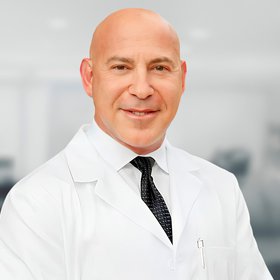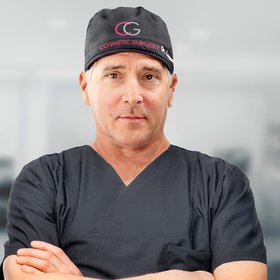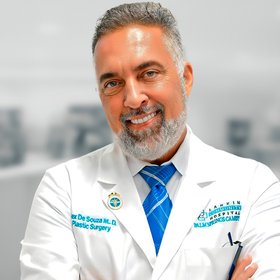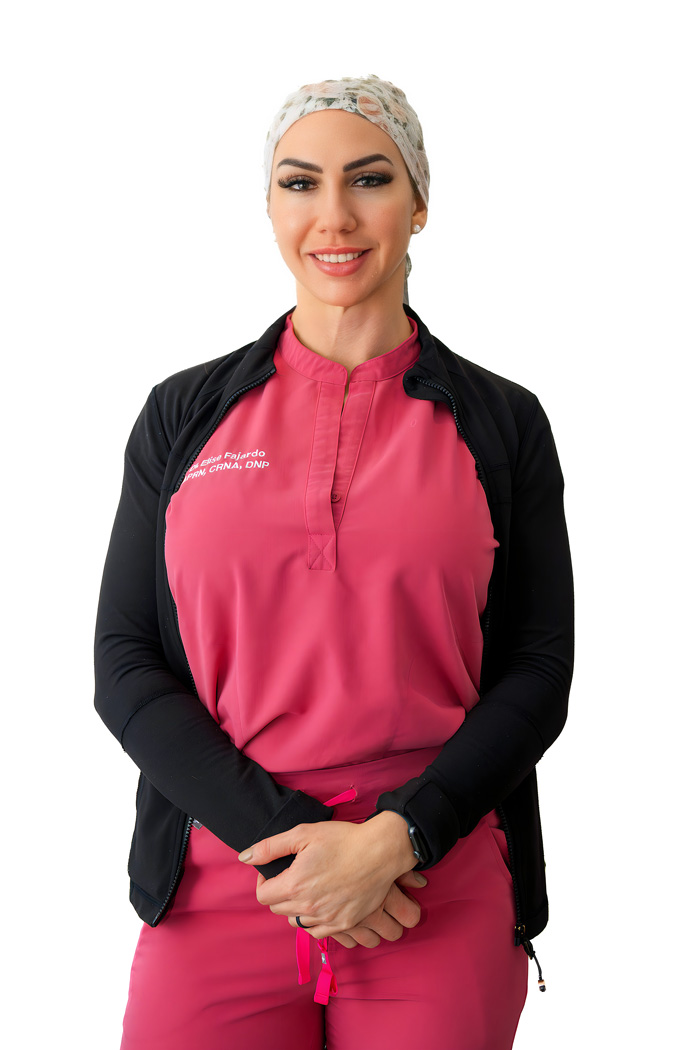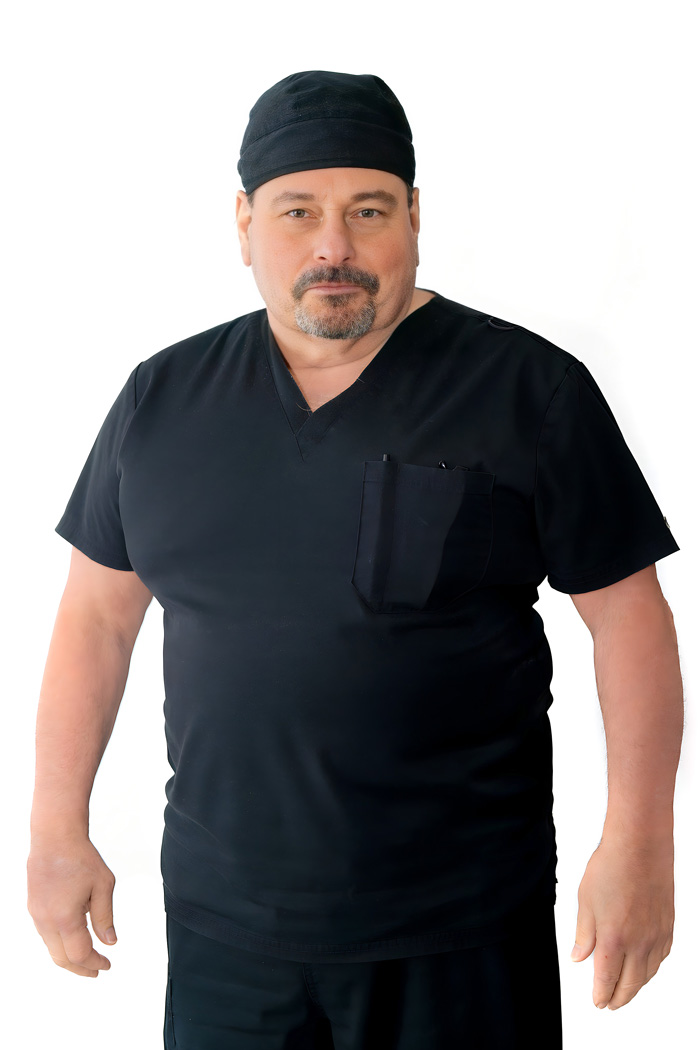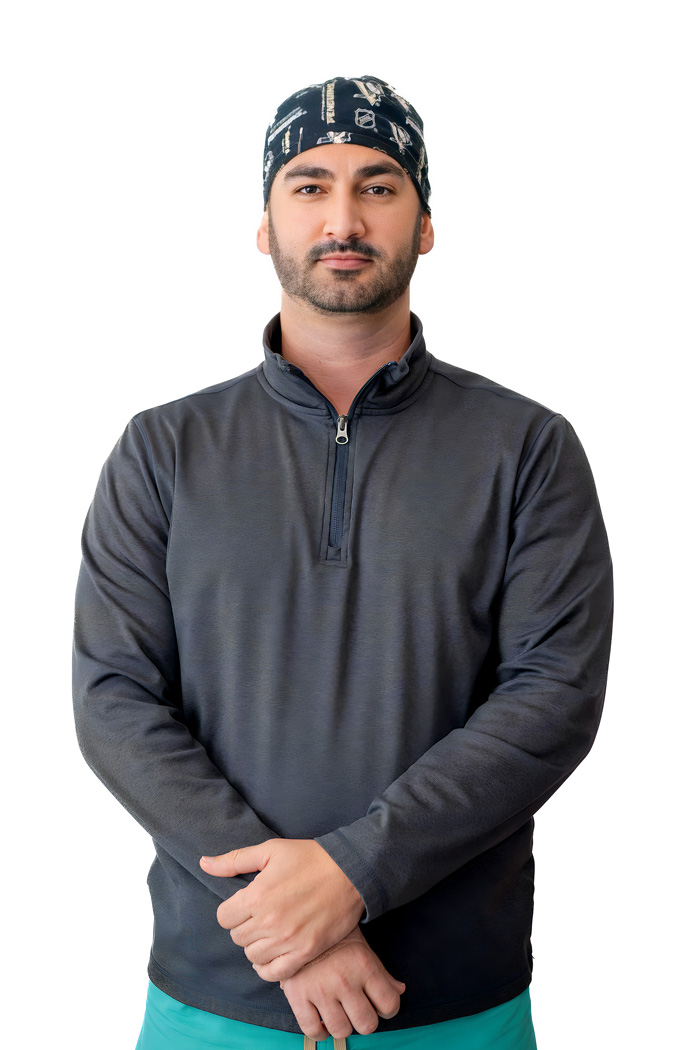Reasons For Capsular Contracture
Everything you ever wanted to know about how to correct capsular contracture.
How to Correct Capsular Contracture After Breast Implants
Capsular contracture is an abnormal response by the body’s immune system to foreign materials in the body. Generally speaking, when you hear the phrase in a medical context, it refers to artificial joint implant, artificial pacemakers, breast implants and other such prosthetic complications.
Capsular contracture is one of the more common unfortunate complications of breast implantation and requires surgery to correct. It may not become an obvious complication immediately following surgery and may, in fact, take several years to develop. Understanding what this complication is and how it happens will help you to make informed decisions about what type of implants you want, where you want them and how to care for them in the future.
How Capsular Contracture Happens
Tightly woven collagen fibers, created by the immune response to foreign, surgically installed materials, are formed around the implant. This is the body’s “biological protection by isolation and toleration” response to lodged objects.
Capsular contracture is when this process goes into overdrive and tightens or squeezes the breast implant, causing pain, discomfort and in severe cases will even distort the aesthetics of the breast implant and breast. The cause of capsular contraction is unknown, bacterial contamination, rupture of the implant, leakage of silicone-gel filling and hematoma, have strong correlative links to the complication.
Degrees of Severity
Incidents of capsular contracture are graded using the four-grade Baker scale:
- Grade I- The breast is normally soft and appears natural in size and shape
- Grade II- The breast is a little firm but looks normal
- Grade III- The breast is firm and appears abnormal
- Grade IV- The breast is hard, painful to the touch, and appears abnormal
- Implant Methods that Reduce Occurrences of Capsular Contraction
Over the last several years, techniques have been developed that have drastically reduced the incidence of capsular contracture. Some of the precautions that can be taken involve placement of the implants. For example, if the implant is placed submuscular, and of a textured or polyurethane-coated style, contracture is a lot less likely.
Limiting the handling of the implants and minimal contact with the chest wall skin before their insertions has also helped to minimize bacterial contamination, which is thought to significantly increase chances of contraction occurring. Another practice for reducing complication likelihood is irrigation of the surgical site with triple-antibiotic solutions.
Correcting Capsular Contracture
Correction of this complication usually requires surgery. If nothing else the surgical release of the capsule will be required, especially if the patient is in severe discomfort. In many cases, the best course of action is to remove and replace the implant, preferably behind the muscular wall (submuscular).
Closed capsulotomy is a non-surgical procedure that involves external manipulation to disrupt the capsule. It is no longer practiced, though, because of the high incidence of implant rupture, which can lead to other complications. There are, however, other non-surgical methods which may be appropriate for correcting capsular contracture, depending upon its severity. They include massage, external ultrasound, and treatment with leukotriene pathway inhibitors and a pulsed electromagnetic field therapy.
Finally, it is worth mentioning that the choice of which type of implant may also affect your risk of developing capsular contracture. In March of 2000, at a FDA presentation, the Mentor Worldwide LLC Corporation (one of the two, U.S FDA-approved breast implant device manufacturers) reported on a study they conducted of the medical complications suffered by breast implant patients.
According to their report, 43% of patients with saline breast implants reported medical complications occurring within three years of the surgery. Of that 43%, 10% of the group complained of capsular contracture. Discuss with your plastic surgeon the pros and cons between silicone and saline implants, as well as their placement, before scheduling your surgery.
Our Plastic Surgeon Team
Our Miami plastic surgeon team consists of highly skilled and experienced professionals who specialize in a range of cosmetic procedures, including breast augmentation, brazilian butt lift, breast lift, tummy tuck, and rhinoplasty. Whether it's enhancing the shape and size of the breasts, improving the contour of the buttocks, restoring a youthful appearance to the face, or reshaping the abdomen, our plastic surgeons have the expertise and artistry to deliver beautiful, natural-looking results that enhance both the body and the mind.
Our Anesthesia & Nursing Team
Your Safety. Your Comfort. Our Priority. At CG Cosmetic Surgery, patient safety and comfort are at the heart of everything we do. That’s why we are proud to introduce you to the highly skilled medical professionals who play a crucial role in every procedure: our Anesthesia and Nursing team.
